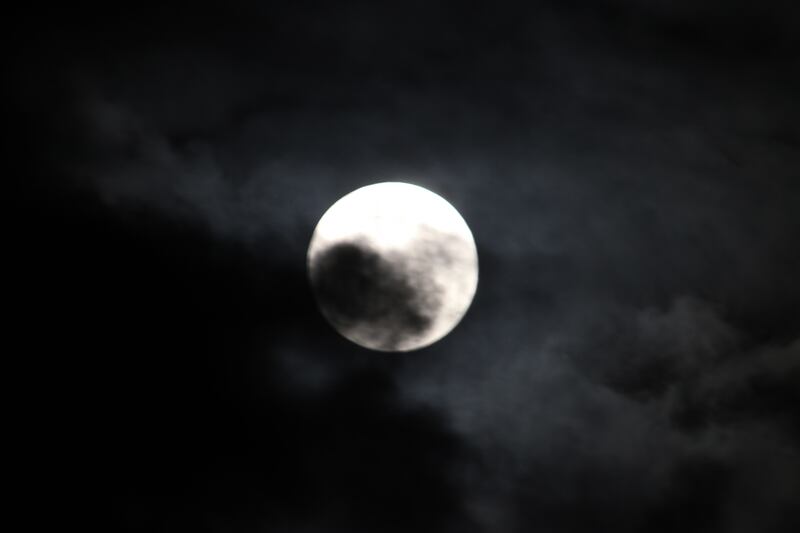Despite years of study and explorations, the moon very much remains a mystery in many ways. New evidence revealed that the moon is likely much older than previously believed — 40 million years older, in fact.
The theory comes from lunar material preserved for decades, which scientists have studied and used to determine “that the moon is at least 4.46 billion years old,” National Geographic reported.
What new evidence is there to make scientists believe the moon is older?
What makes scientists consider the moon is older than we thought comes down to what are called zircon crystals. The crystals, “which preserve ancient domains” containing uranium, are considered “the oldest lunar zircon yet reported,” according to the study, published in the journal GeoChemical Perspectives Letters.
The microscopic bits of zircon had “condensed on the surface of the newly formed moon like sugar crystals from cooling water,” according to The Hill. Understanding more about when the moon was formed could offer new insights into the formation of Earth and its impact on the solar system throughout history.
“Without the moon, life on Earth would look different,” study co-author Philipp Heck, a professor at the University of Chicago, said in a statement, per Space.com. “It’s a part of our natural system that we want to better understand, and our study provides a tiny puzzle piece in that whole picture.”

How was the moon originally created?
Scientists have largely agreed on the basics of how the moon originated. “About 4.5 billion years ago, a giant Mars-size object called Theia slammed into the nascent Earth, ejecting hot debris that coalesced into our moon,” according to The Washington Post.
“Timing is everything,” Jennika Greer, lead author of the study, told National Geographic. “Our solar system has been around for a while, but a lot of really dynamic processes happened in those first million years.”
Figuring out how old the crystals are provides clues into the timing of how the moon was formed.
“It’s amazing being able to have proof that the rock you’re holding is the oldest bit of the moon we’ve found so far,” Greer said in a statement, per Space.com. “It’s an anchor point for so many questions about the Earth. When you know how old something is, you can better understand what has happened to it in its history.”


